curated by Maria Chiara Valacchi, with a text by Marco Tagliafierro
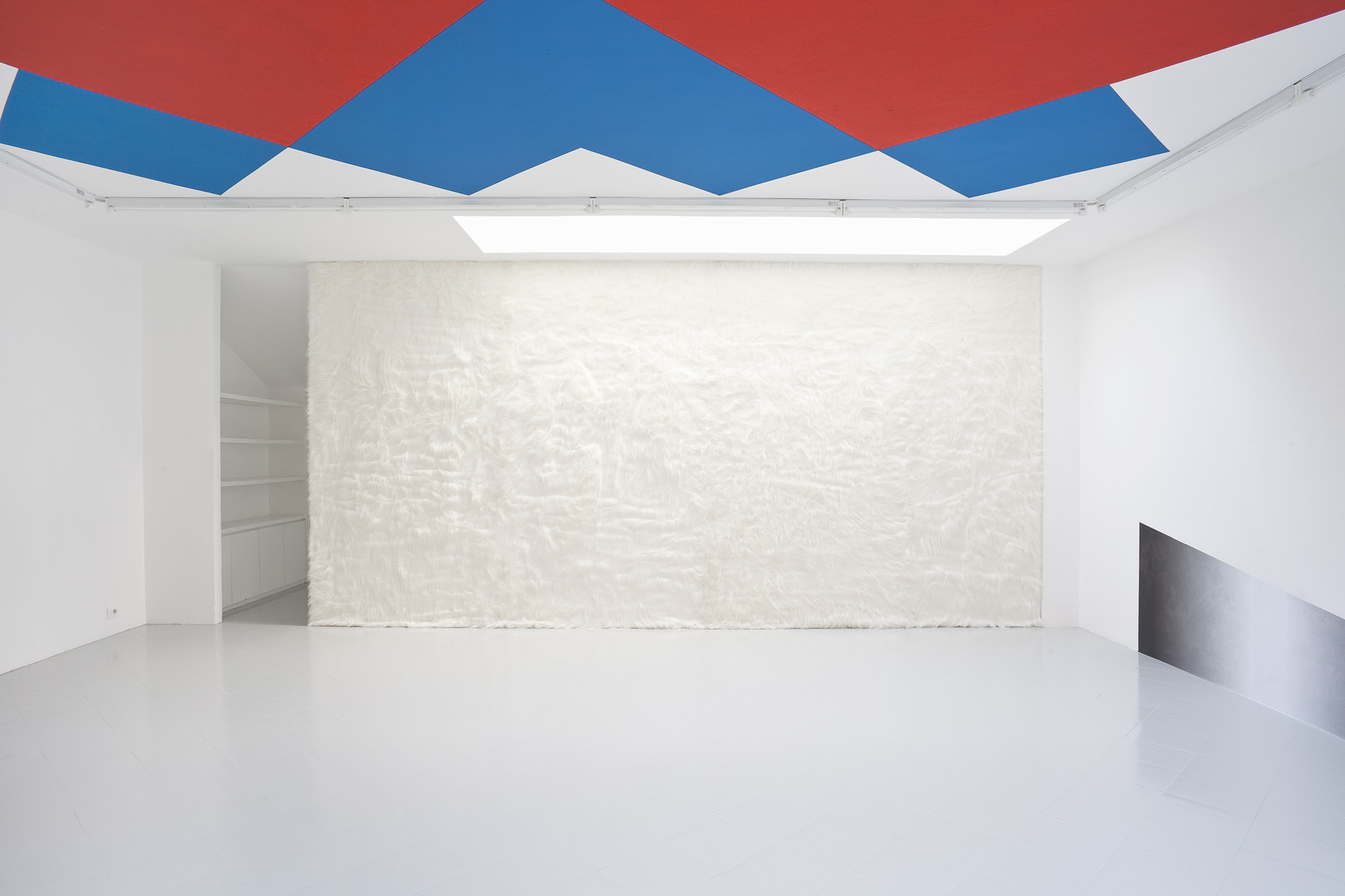
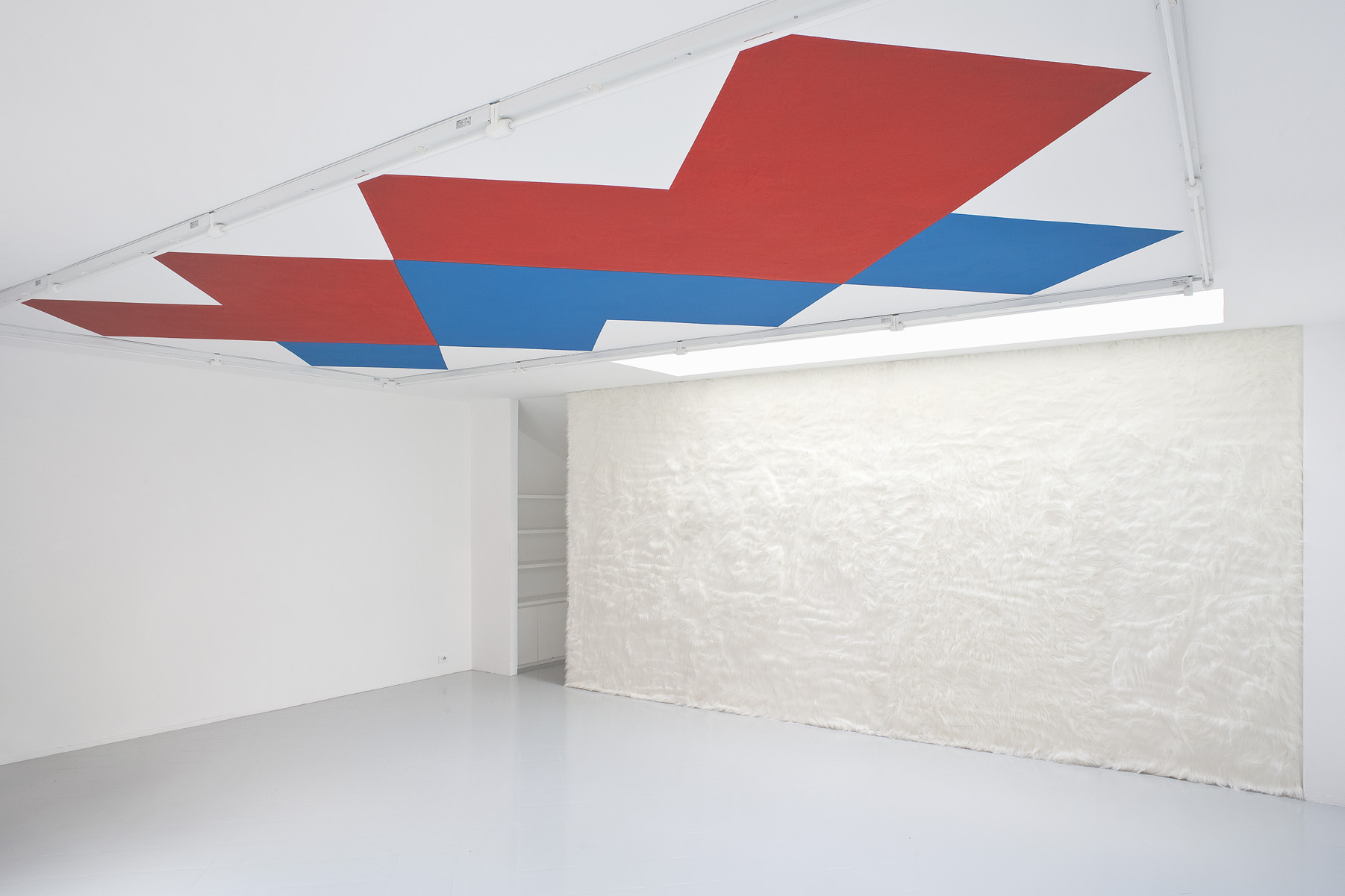
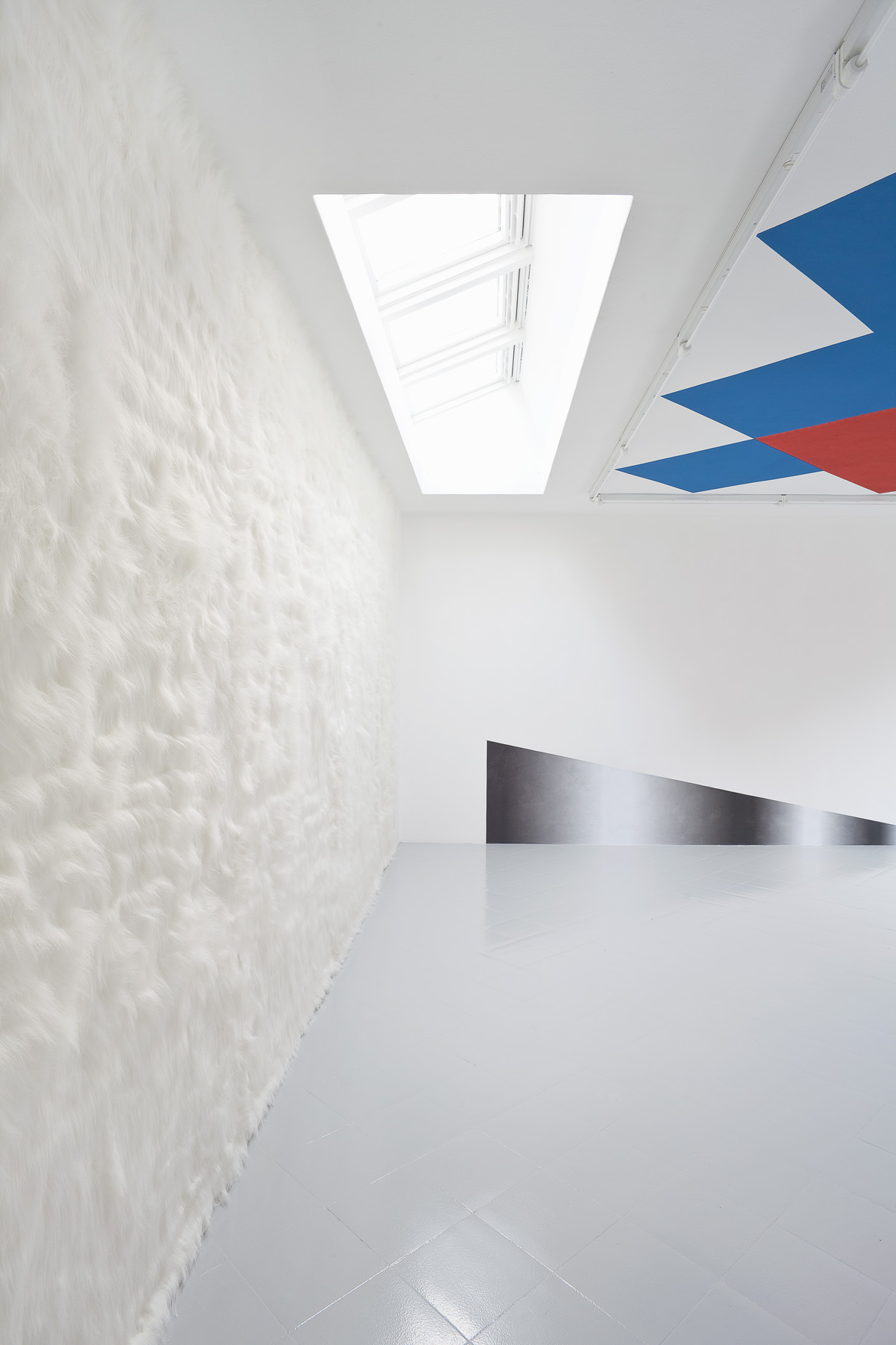
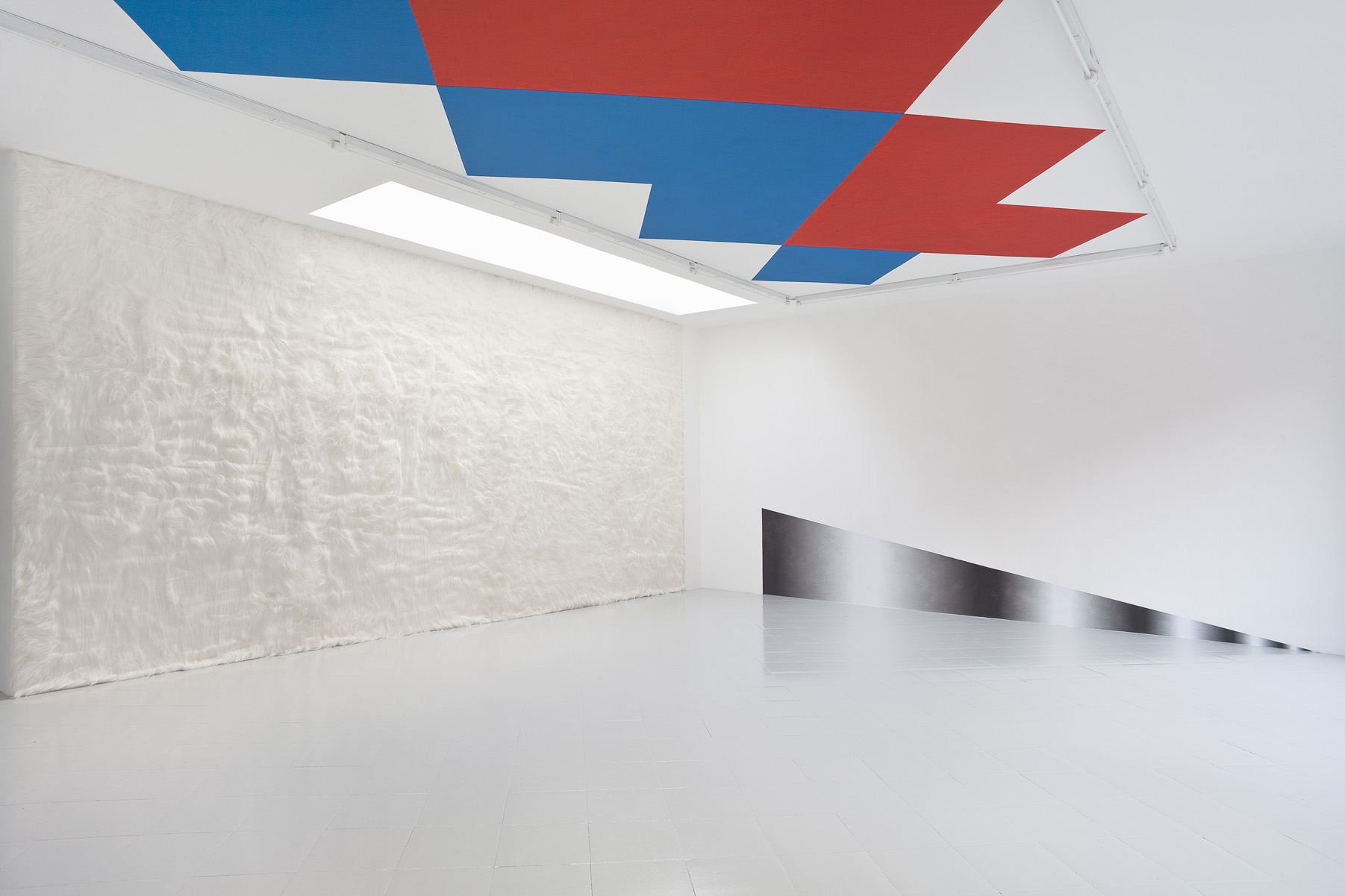
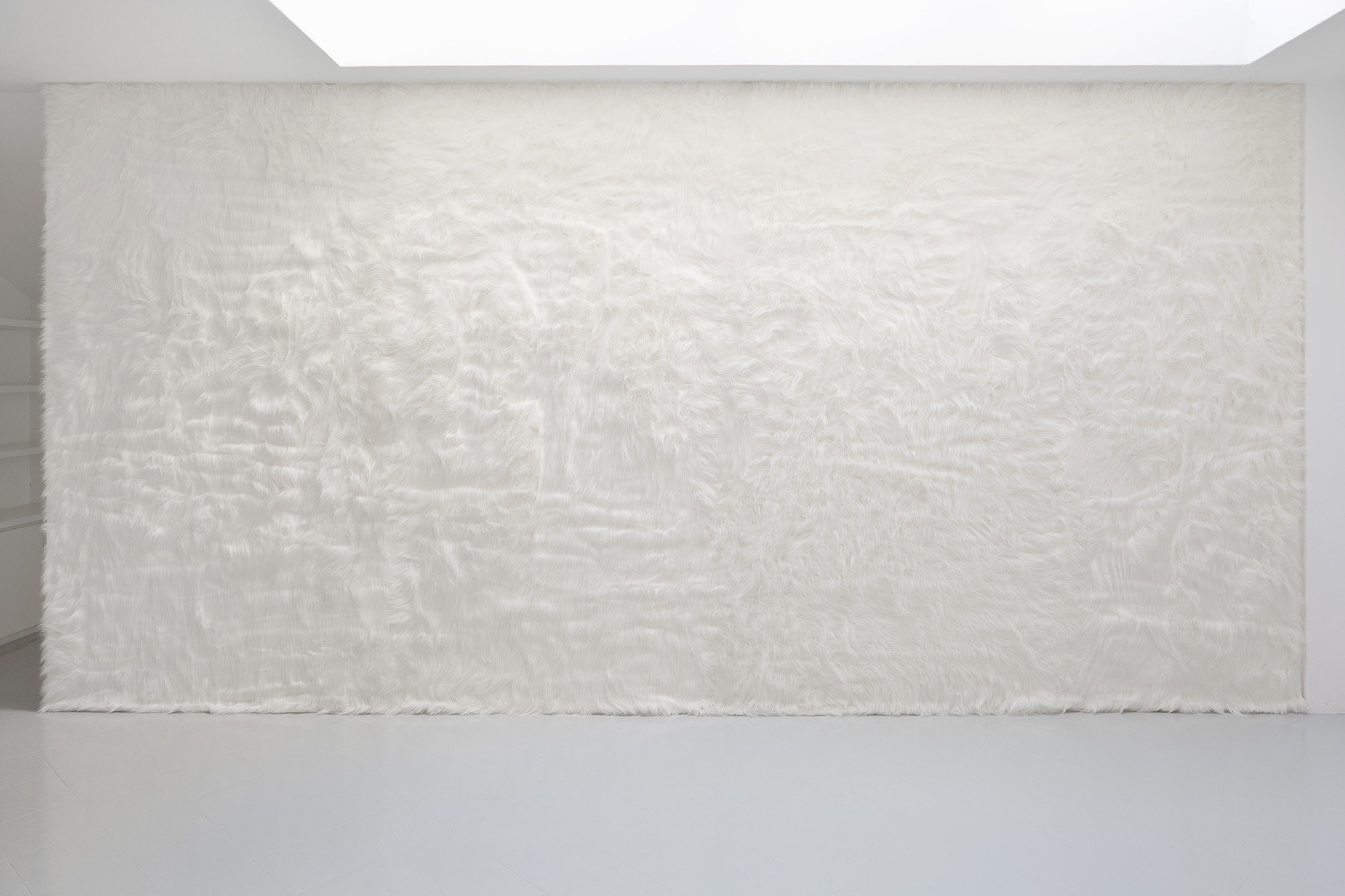
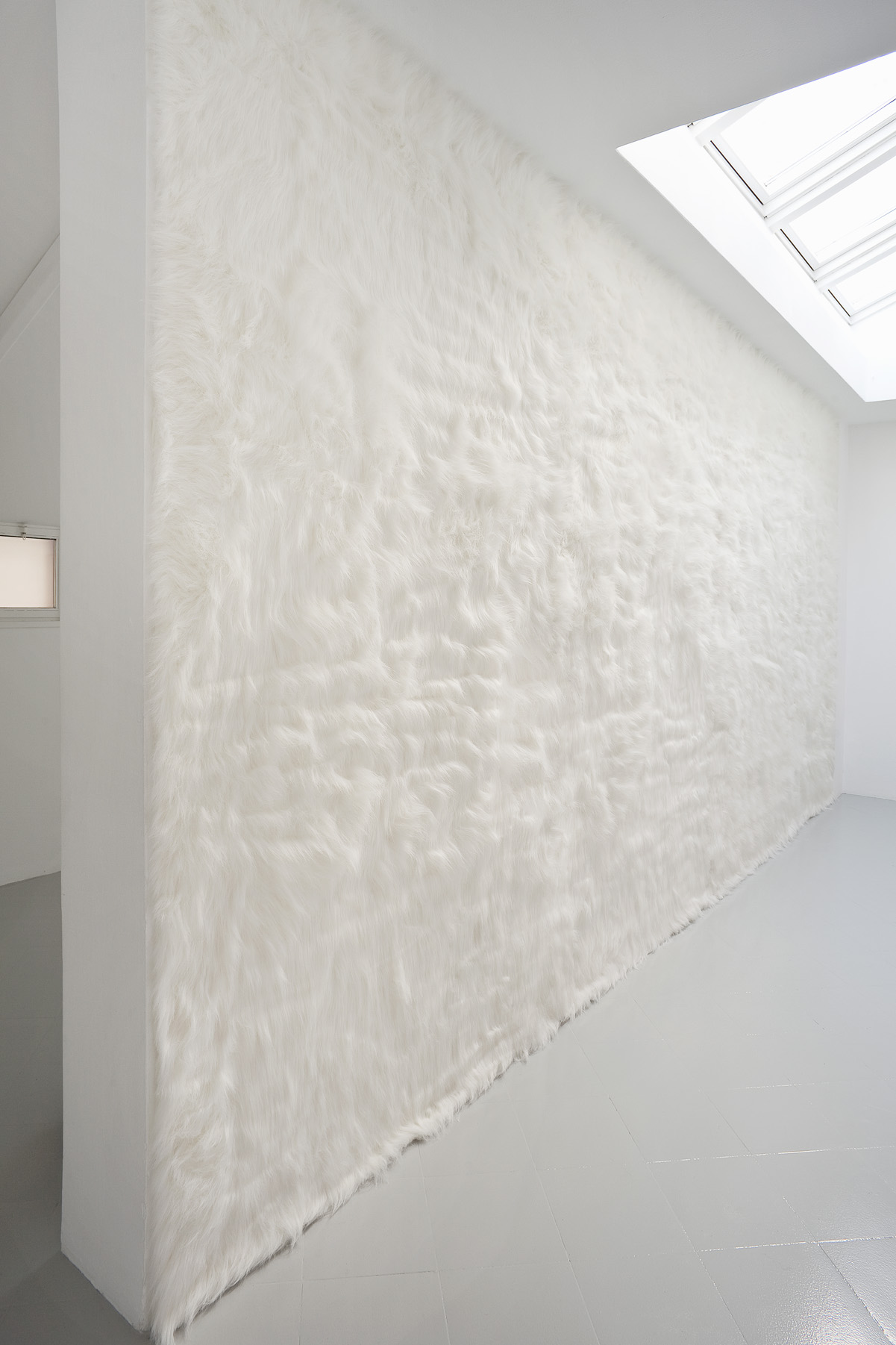
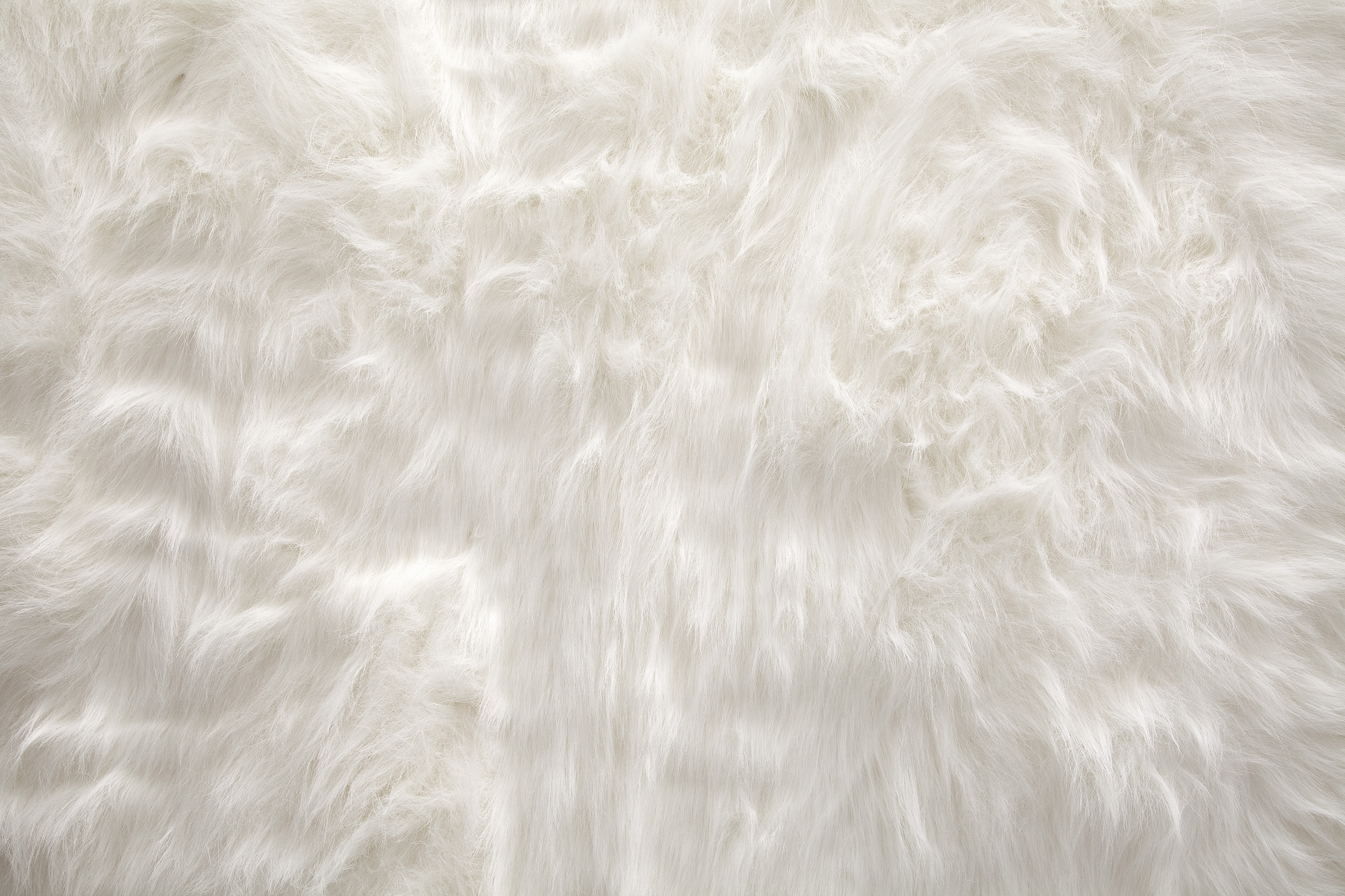
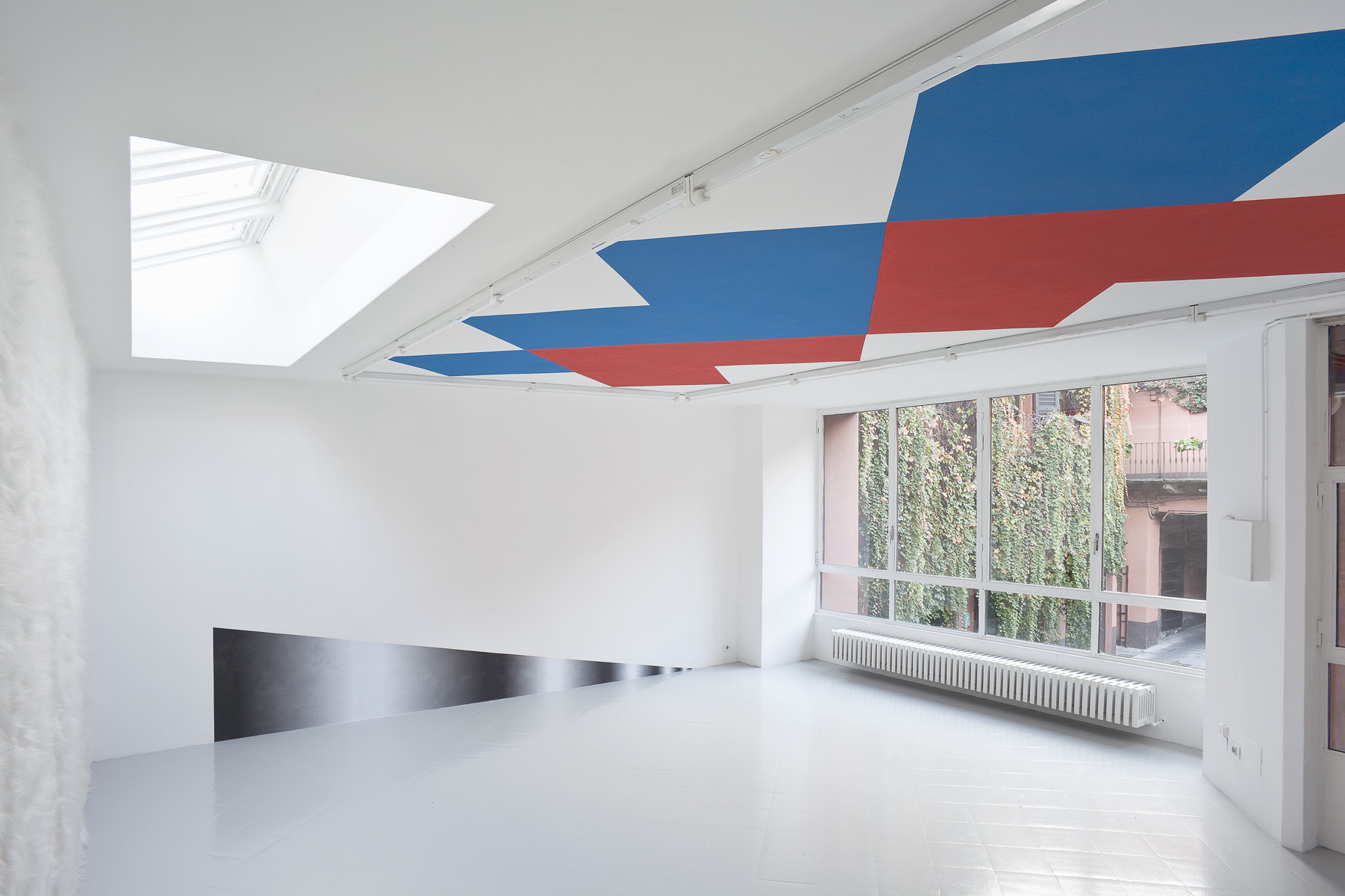
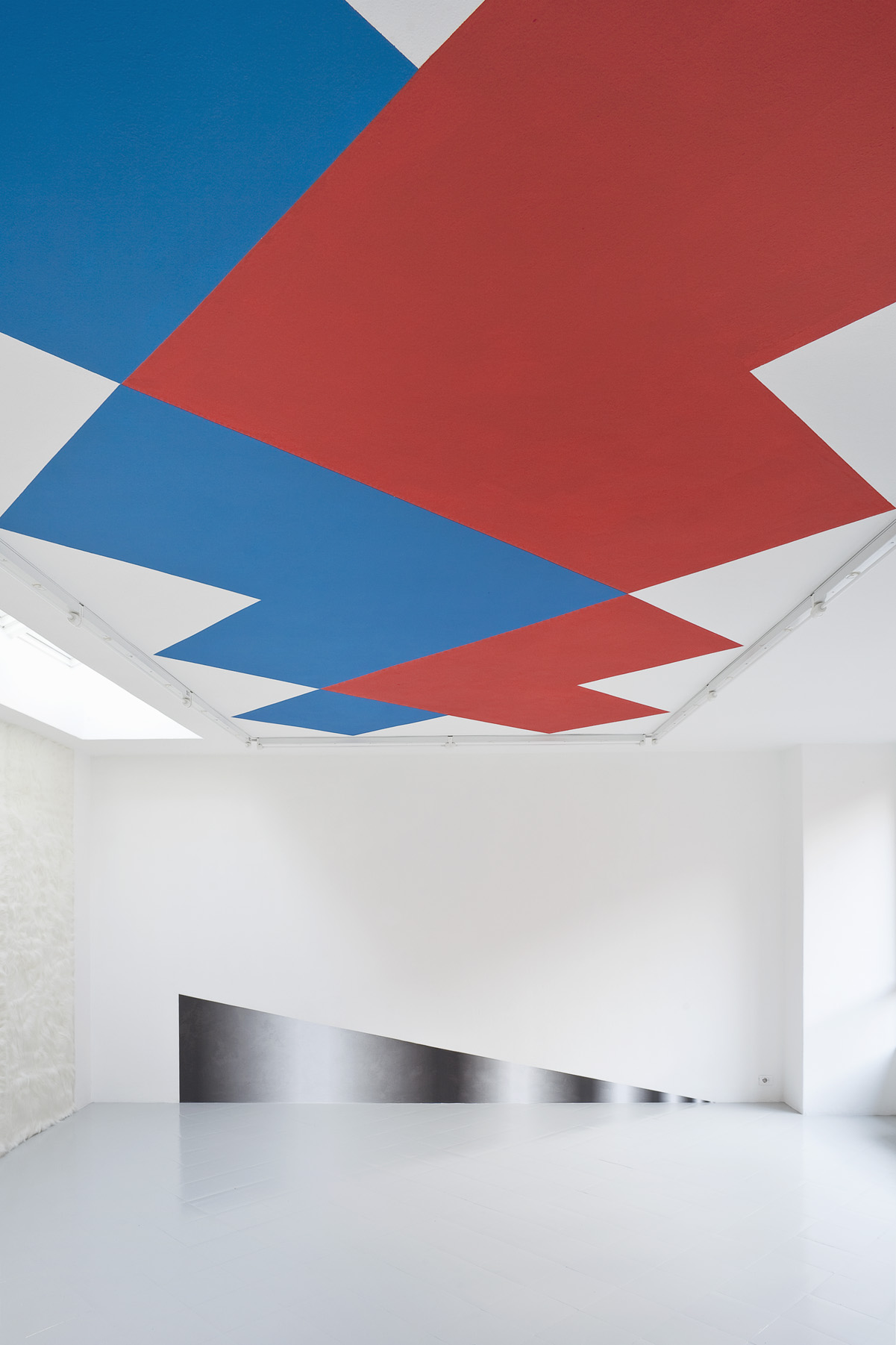
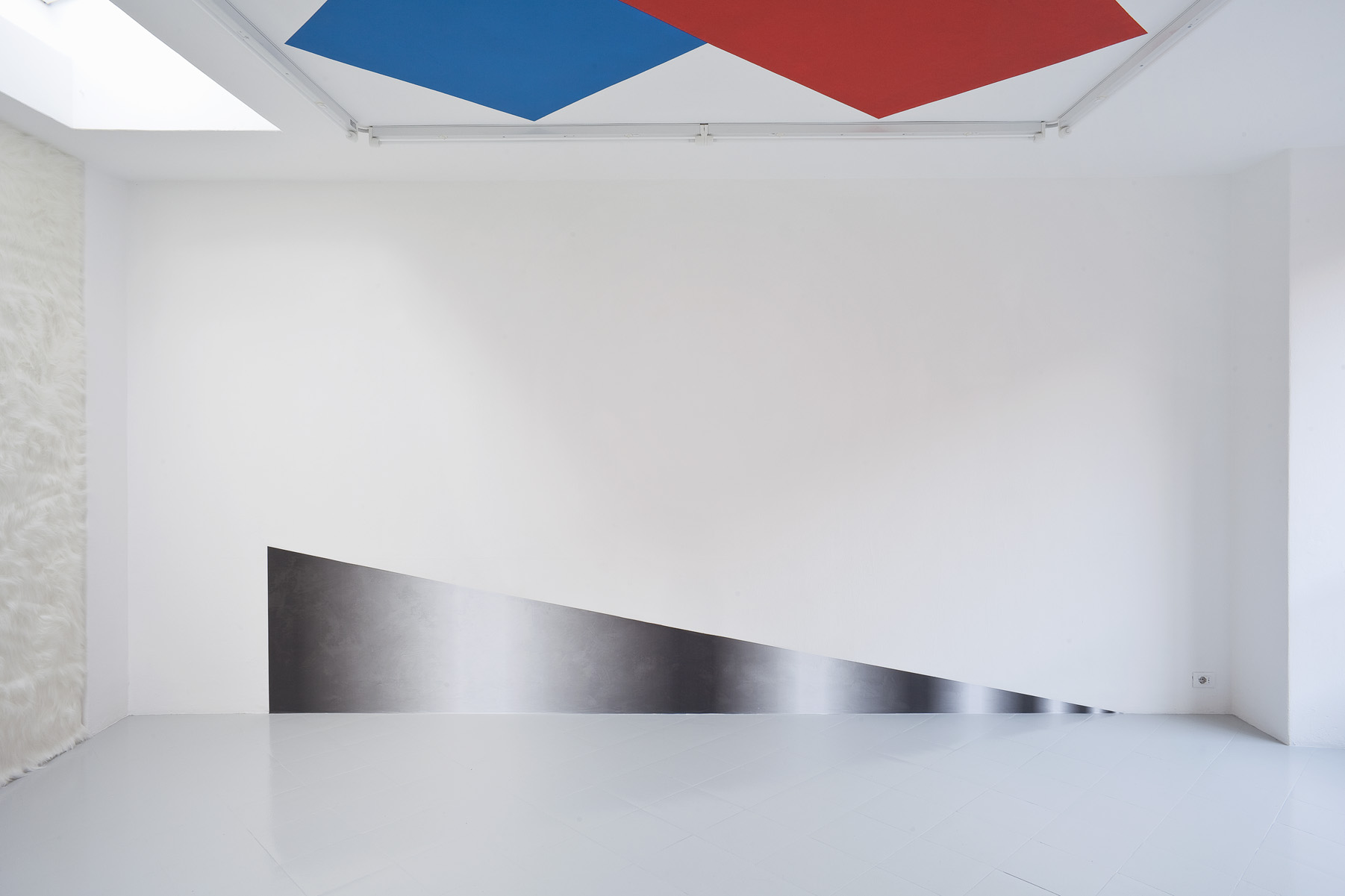
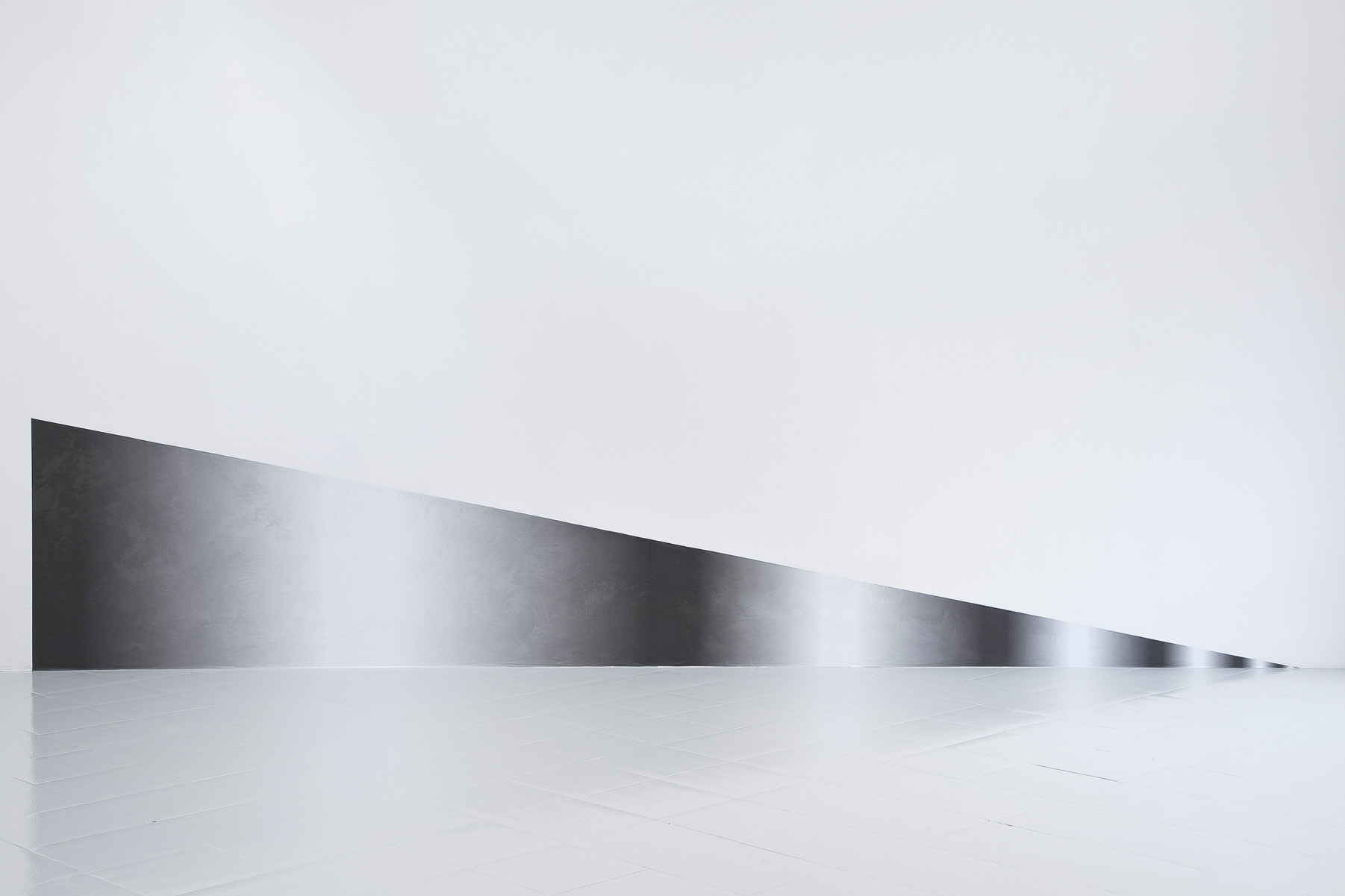
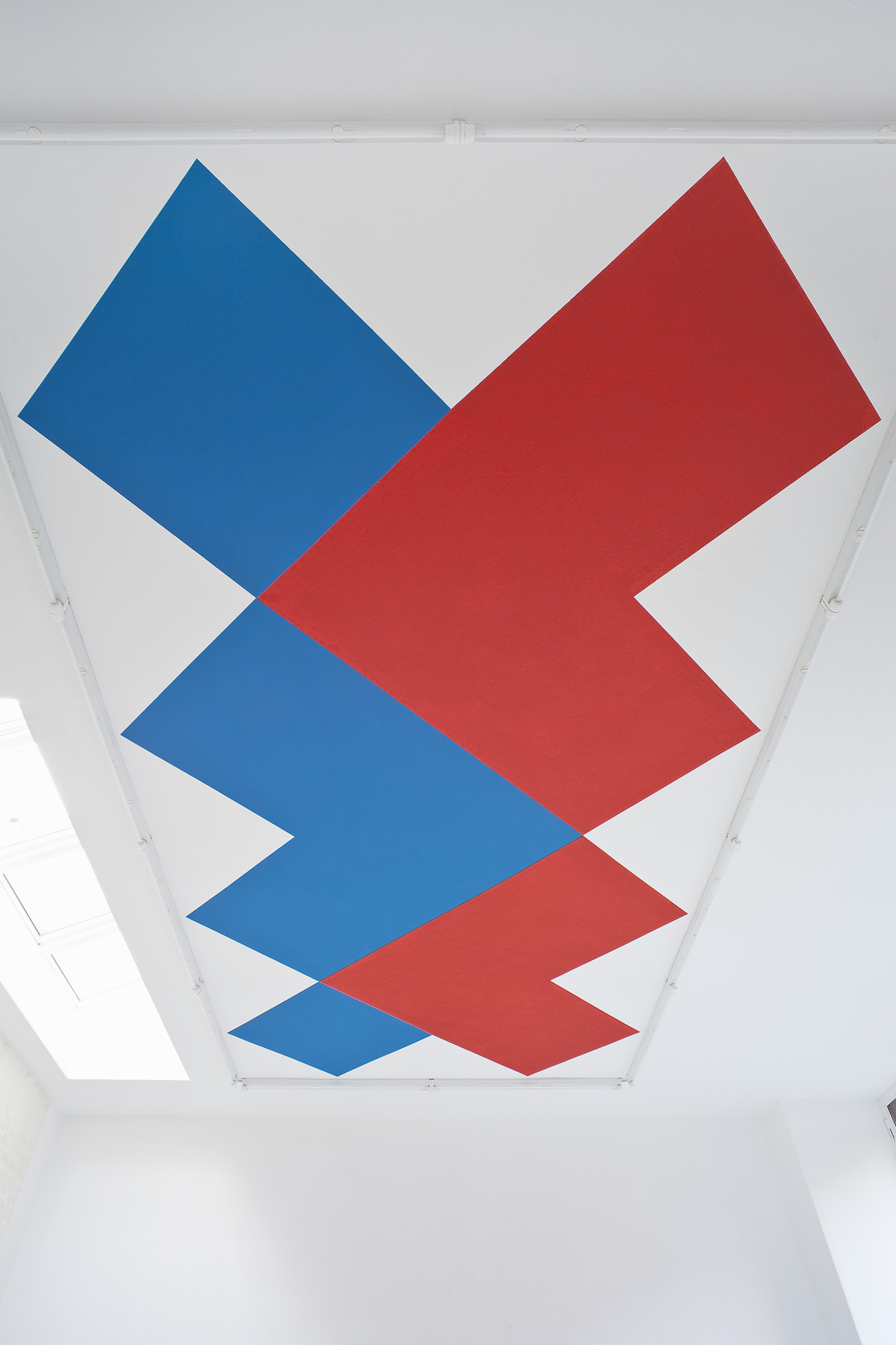
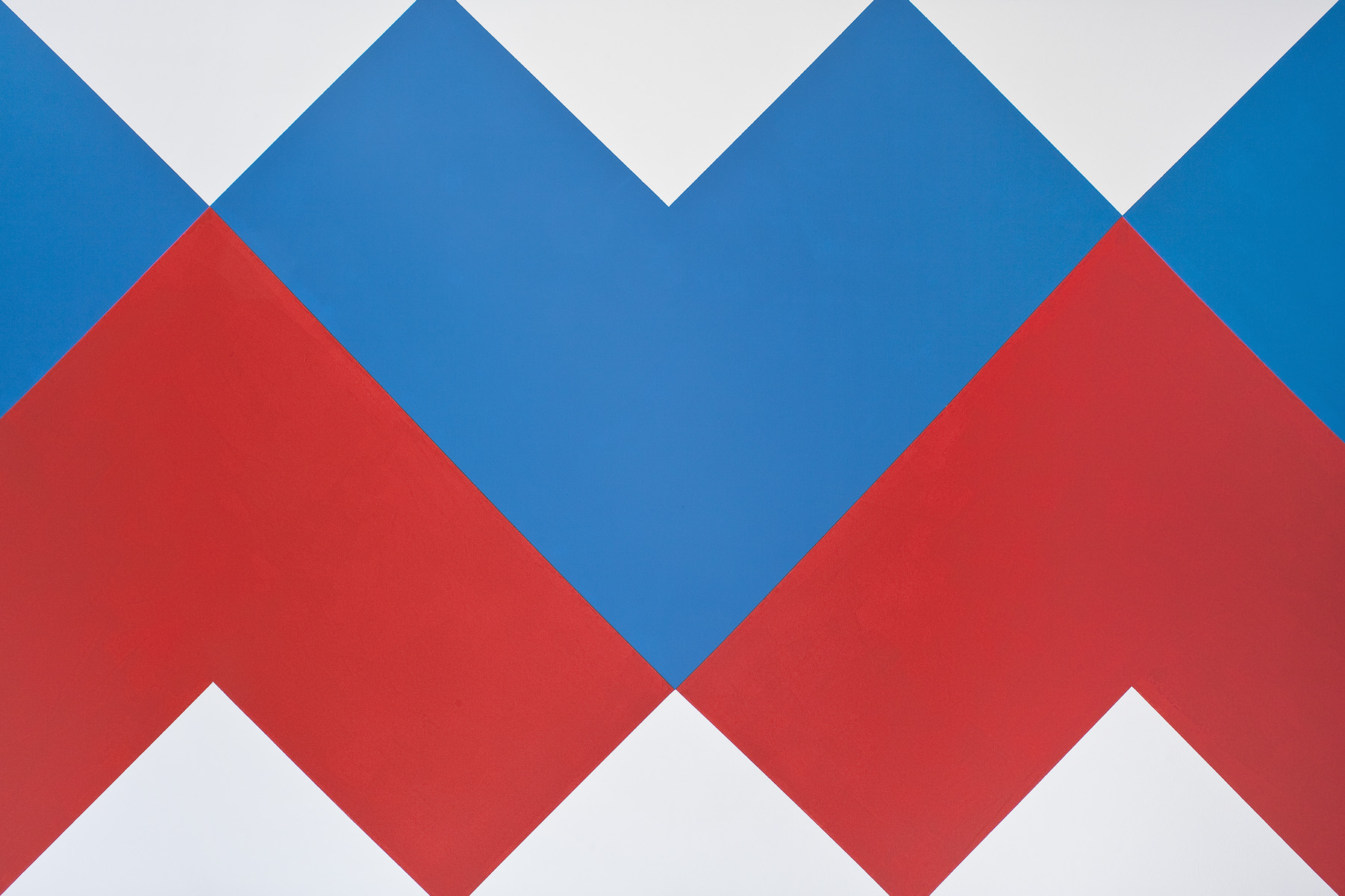
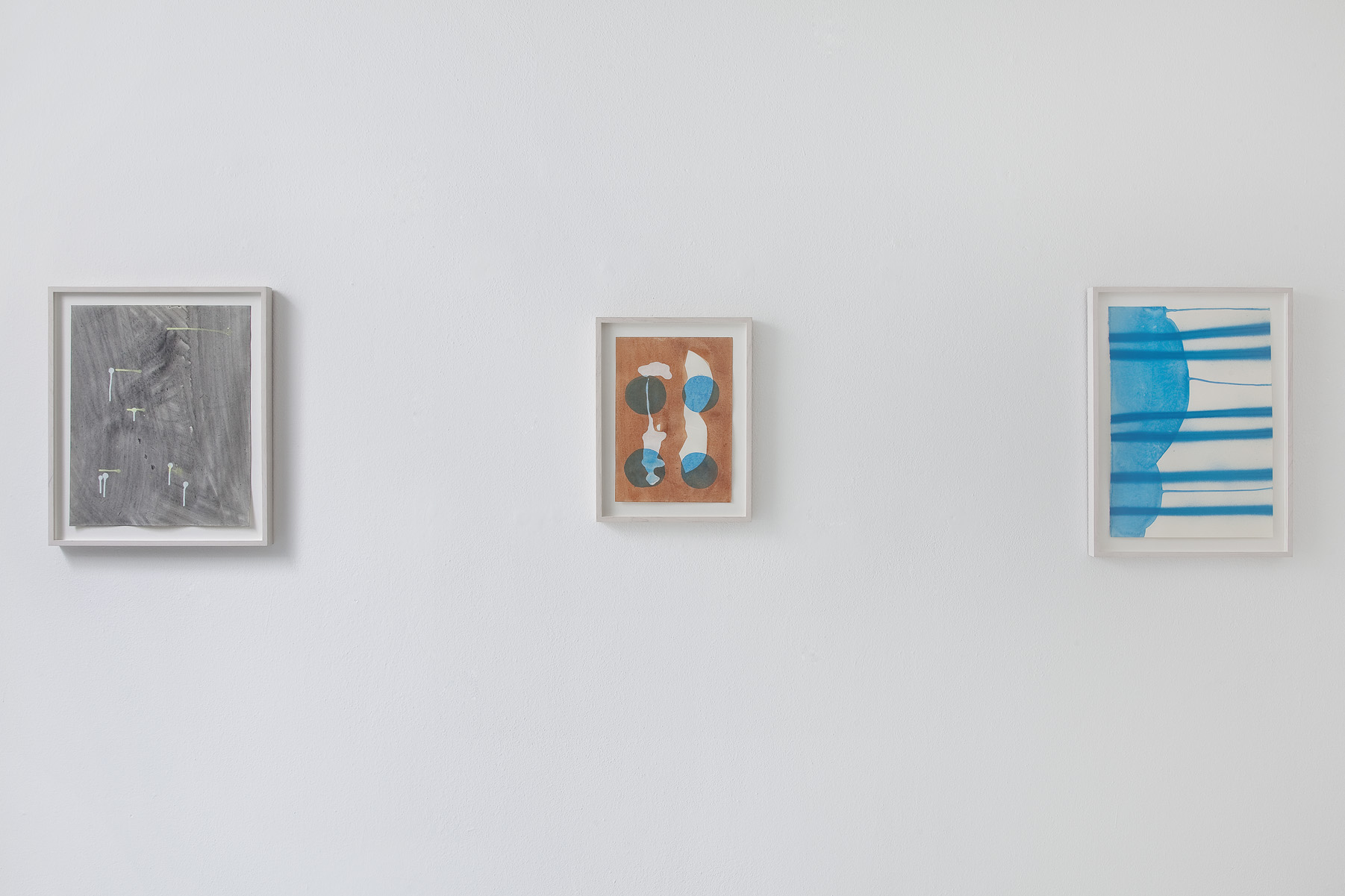
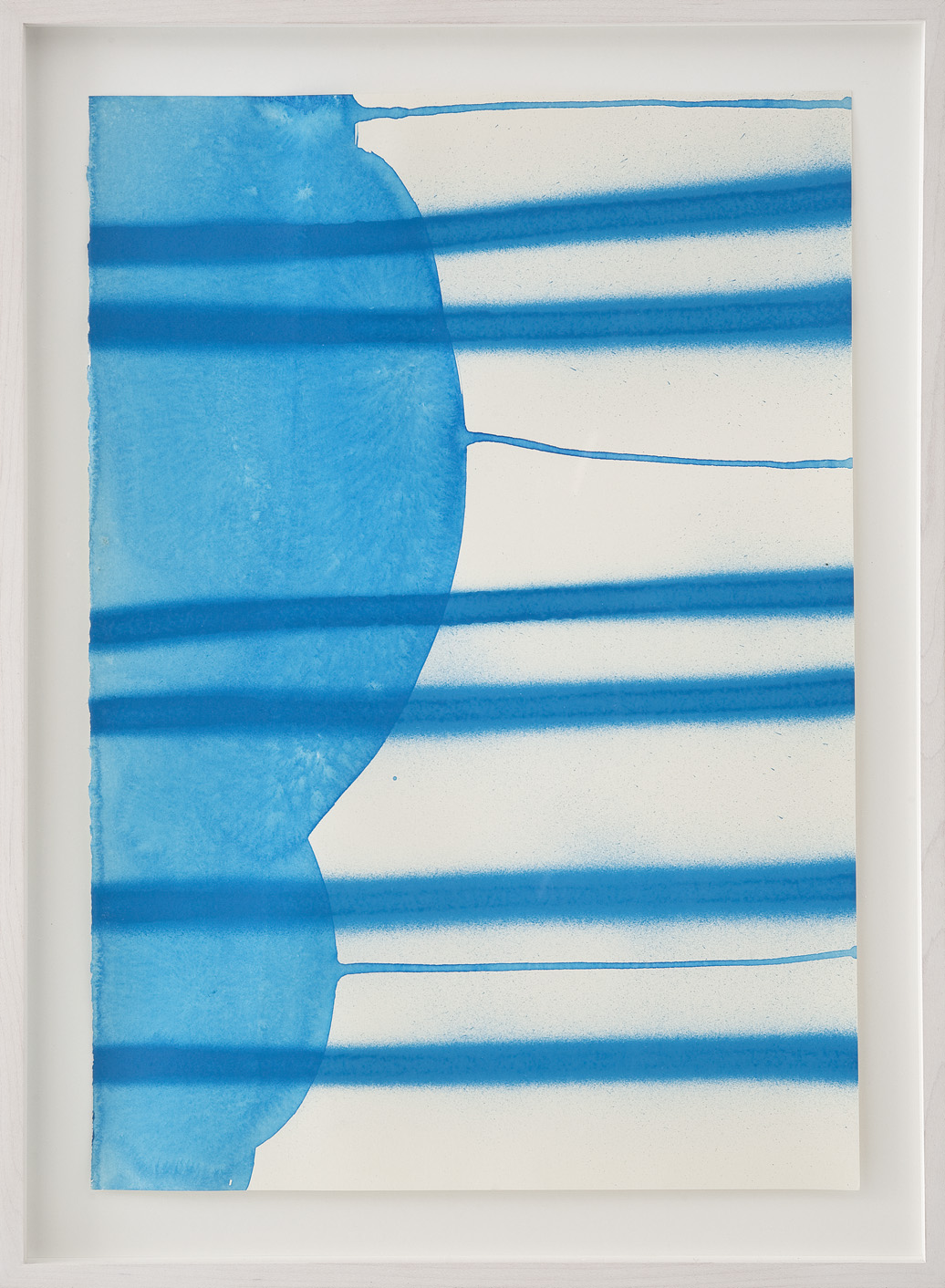
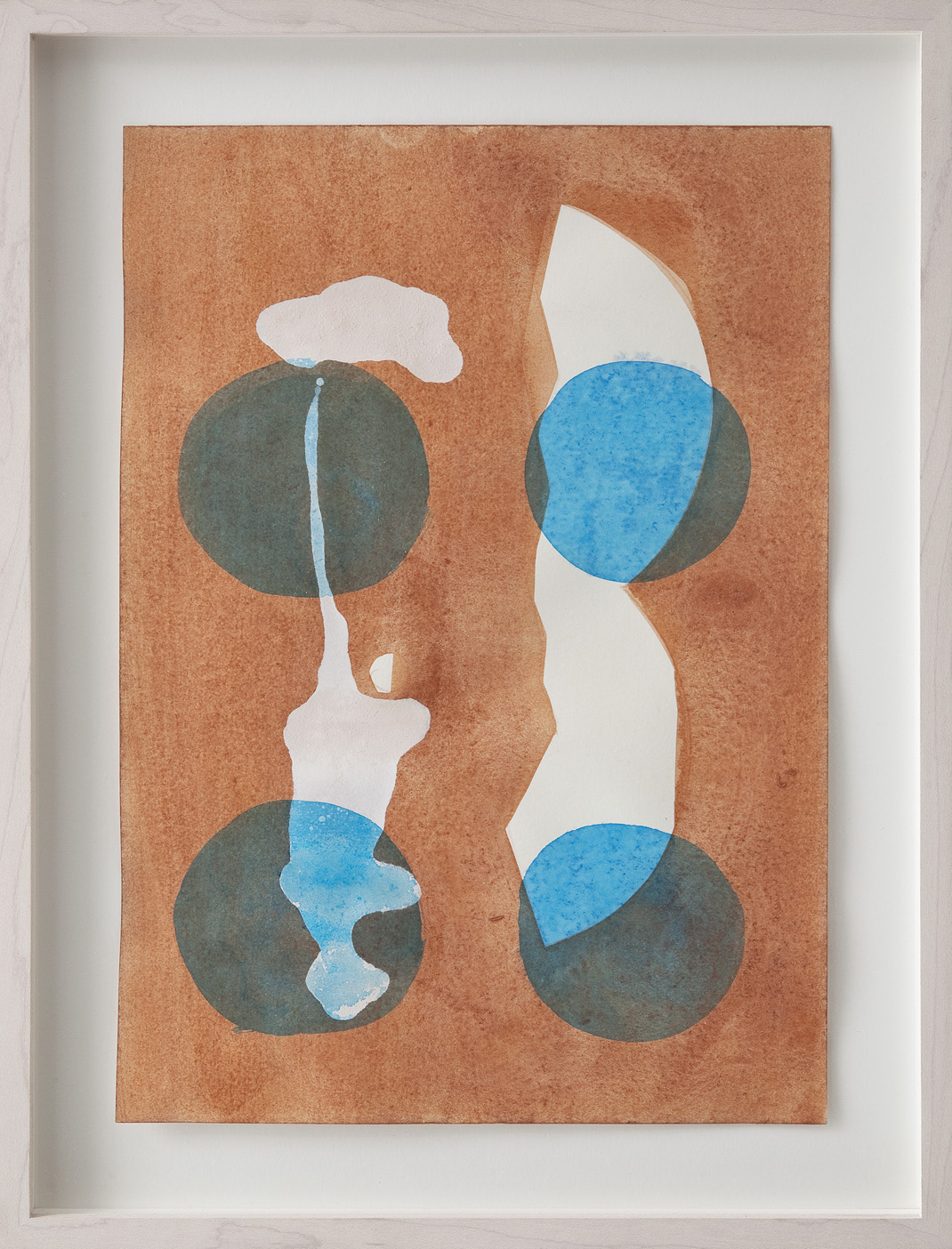
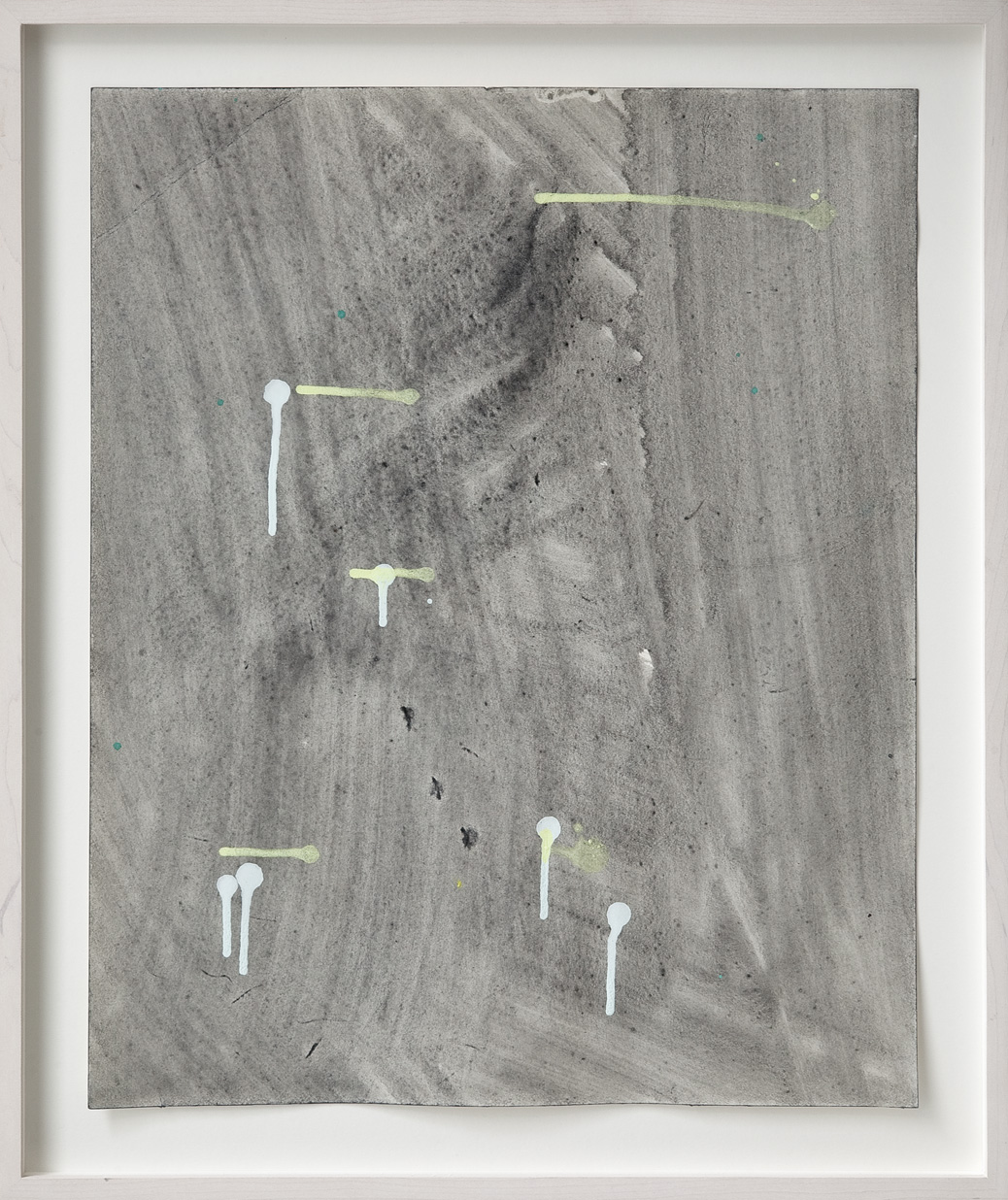
photo: Filippo Armellin
La trama e l’ordito è una semplice ripetizione costante. Un’inquadratura di arcaici intrecci e una metafora delle molteplici e fatali complicazioni della vita. Una pratica composita di riferimenti, ricerche, suggestioni che costituiscono un racconto; termini tecnici che serbano il complesso relazionarsi delle parole o di una applicazione poetico-esecutiva. All’autore la scelta delle innumerevoli variazioni sul tema. Una doppia dimensione raggiunta tramite la ripetizione e infranta solo dalla scelta e l’adattamento inedito di componenti disturbanti.
In Warp & Weft la bi-dimensionalità si mostra sulla superficie del muro che sublima la sua funzione e da semplice supporto diventa elemento necessario e chiarificatore. Gli assunti di Fleury e Wagner dialogano dentro un complesso sistema di variabili; sovrapposizioni cromatiche, geometriche e materiche sono alla base di una ricerca di relazioni formali atte a rilevare affinità e contrasti e a produrre risonanze spaziali. Il tentativo è quello di sottrarsi alla condizione retorica di massa per conquistare spazi individuali e allo stesso tempo compenetrati.
Sylvie Fleury (1961, Ginevra) afferma la superficialità dell’oggetto mostrando cinicamente gli eccessi di una bellezza effimera, esaltando e ridicolizzando l’empatia sociale tra arte e moda. C’è poco spazio per i sentimentalismi, il consumismo corrompe ineluttabilmente la cultura; composizioni De Stijl profanate incasellando finto pelo colorato, livide lastre di Carl Andre calpestate da un tacco 12, auto schiacciate, contenitori di memorie funeste, colorate con smalti Givency o colori da make up. Il riferimento a simboli New Age o Pop, svestiti di ogni intellettualismo, rivelano in un gioco di rimandi tutta la loro esteriorità. La sua produzione può essere considerata una mises-en-scène dei controvalori contemporanei, riuscendo a trasmettere note sacrali anche all’oggetto più effimero. Ricontestualizzare il superficiale è un modo per incamerare nuova profondità e - sometimes, just being a woman and showing something like a pair of shoes, a car, or a Carl Andre gives it another dimension (S.F.) -.
Alexander Wagner (1978, Berlino) lascia libera la comprensione di una natura prettamente mentale. La sua opera astratta ma estremamente comunicativa, alterna, in una contraddizione espressa su superficie, asciutto e ambizioso, astratto e imperfetto. Il controllo di schemi preordinati sfugge alla sua natura di essere umano, lasciando trapelare l’imperfezione e creando un tutt’uno completo e complesso. Nella sua opera la questione del ruolo della pittura - oggi - si fa evidente. Raccoglie e rinnova esperienze vicine a Blinky Palermo e Agnes Martin unite ad ispirazioni architettoniche e tipografiche di matrice razionalista, esplicitando il suo approccio concettuale e il suo valicamento verso “un’oltre pittura”. I supporti preferiti sono la carta e il muro, dove chiarisce i principi del "Bildfindung" e traspone l’idea di tecnica tradizionale utilizzando superfici stampate e vernice a spruzzo. Una stratificazione di layers vibranti codifica un complessa elencazione analitica e apre la comprensione ad una narrazione astratta.
The warp and weft is a simple constant repetition. A shot of archaic interlacements and a metaphor of the multiple and fatal complications of life. A composite practice of references, searches, suggestions that constitute a tale; technical terms that put aside the complex relates of the words or of a poetic-executive application. The choice of the innumerable variations on the theme it’s up to the author. A double dimension reached through the repetition and broken only by the choice and the inedited adaptation of disturbing components.
In Warp & Weft, the bi-dimensionality appears on the surface of the wall that sublimes its function and from a simple support it becomes the necessary and clarifying element. The Fleury and Wagner’s datum dialogue in a complex system of variables; chromatic, geometric and material overlaps are at the bottom of a search of formal relationships fit to notice affinity and contrasts and to produce spatial resonances. The attempt is to escape to the mass rhetorical condition to conquer individual and, at the same time, pervaded spaces.
Sylvie Fleury (Geneva 1961) affirms the superficiality of the object, cynically showing the excesses of an ephemeral beauty, exalting and ridiculing the social empathy between art and fashion. There is no room for the sentimentalism: consumerism, ineluctably, contaminates the culture; De Stijl composition are desecrated by a fake coloured hair, Carl Andre’s livid plates stepped on a 12 centimetres heel, crushed cars, containers of tragic memories, coloured with Givenchy nail polish or make-up colours. The reference to New Age or Pop symbols, undressed of every kind of intellectualism, reveal, in a referential game all their appearance. Her production can be considered a mises-en-scène of the contemporary values, succeeding in giving sacred notes to the most ephemeral object. Contextualizing differently the superficial is a way to confiscate new depth and – sometimes, just being a woman and showing something like a pair of shoes, a car, or a Carl Andre gives it another dimension (S.F.) -.
Alexander Wagner (1978, Berlin) lets the comprehension of a merely mental nature free. His abstract, but extremely communicative, work alternates, in a contradiction expressed on surface, dry and ambitious, abstract and imperfect. The control of predestined schemes escapes its nature of human being, allowing to slip out the imperfection and making a complete and complex whole. In his work the matter of the role of painting – today – becomes evident. He collects and renews experiences which are close to Blinky Palermo and Agnes Martin, united to architectural and typographic inspirations of rationalistic type, rendering explicit his conceptual approach and his overcoming toward an over painting.His favourite supports are paper and wall, where he clarifies the principles of the "Bildfindung" and he transposes the idea of traditional technique using printed surfaces and spray paint. A stratification of vibrating layers codes a complex analytical listing and opens the understanding to an abstract narration.
-
Sylvie Fleury bio
Geneva 1961. Lives and works in Geneva
Selected Recent Solo Exhibitions: 2013 It Might As Well Rain Until September, Salon 94 Bowery, New York; 2012 Do not Think of the Color Blue for Thirty Seconds, Galerie Mehdi Chouakri, Berlin, Sylvie Fleury, Patricia Low Contemporary, Gstaad; 2011 Sylvie Fleury, CAC / Centre de Arte Contemporaneo, Malaga; 2010 5th Anniversary Exhibition, Patricia Low Galerie, Geneva, Bronze Sculptures, Galerie Thaddaeus Ropac, Salzburg, Written on the Wall II : Astarté's Cave, Kubus des Lenbachhauses, Munich, Sylvie Fleury, Galerie Almine Rech, Brussels; 2009 Inventar # 6, Mehdi Chouakri, Berlin; 2008 Sylvie Fleury - Paillettes et Dépendances ou la fascination du néant, MAMCO-Musée d'Art Comtemporain de Genève, Sylvie Fleury, Galerie Thaddeus Ropac, Paris
Alexander Wagner bio
Berlin 1978. Lives and works in Berlin
Selected Solo Exhibitions: 2013 Alexander Wagner, Galeri Mana, Istanbul; 2012 Alexander Wagner, RaebervonStenglin, Zürich; 2010 Alexander Wagner, RaebervonStenglin, Zürich; 2009 INSERT, zum Zeichnerischen, Jet, Berlin; 2008 mustern, SOX, Berlin; 2007 Alex Wagner, NBKstudio (Neuer Berliner Kunstverein), Berlin
-
thanks to Mehdi Chouakri, Berlin and RaebervonStenglin, Zurich